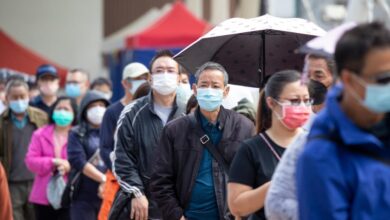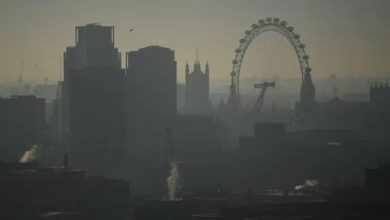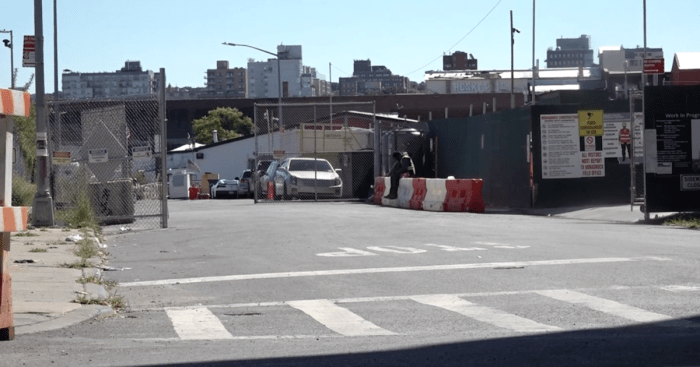
Gowanus Vapor Testing: Owners Consent Limits States Search
State wants to test for cancerous vapor in polluted gowanus but can only search buildings with owners ok – Gowanus Vapor Testing: Owners’ Consent Limits State’s Search. The Gowanus Canal, a Superfund site infamous for its toxic history, is now the subject of a state-led effort to test for cancerous vapor in nearby buildings. However, this initiative faces a significant hurdle: the state can only search buildings with the owner’s consent.
This limitation raises crucial questions about the balance between public health concerns and property rights.
The Gowanus Canal has long been a source of environmental contamination, with decades of industrial activity leaving behind a legacy of hazardous materials, including carcinogenic substances. The state’s vapor testing program aims to assess the potential health risks posed by these contaminants, particularly to residents living in nearby buildings.
However, the program’s reliance on owner consent presents a challenge, potentially hindering the ability to conduct a comprehensive assessment of the extent of vapor contamination.
Gowanus Canal Pollution: State Wants To Test For Cancerous Vapor In Polluted Gowanus But Can Only Search Buildings With Owners Ok
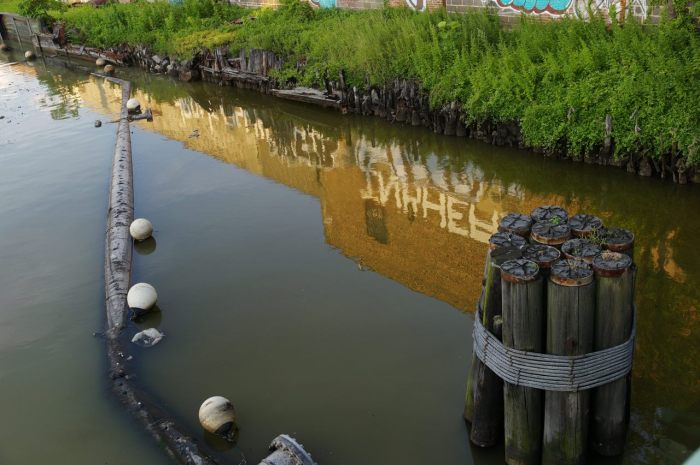
The Gowanus Canal, a 1.8-mile long waterway in Brooklyn, New York, is a stark reminder of the environmental consequences of industrialization. Its history is intertwined with the city’s industrial boom, but the legacy is one of severe pollution and environmental degradation.
History of Industrial Activity and Pollution
The Gowanus Canal was constructed in the 1860s to facilitate the transportation of goods, primarily coal, to and from factories located along its banks. This industrial activity led to the canal becoming a dumping ground for various industrial wastes, including chemicals, sewage, and debris.
The lack of proper waste management practices and the absence of regulations for industrial discharges resulted in the accumulation of hazardous substances in the canal’s sediments and water. The canal became a breeding ground for bacteria and harmful microorganisms, further exacerbating the environmental damage.
Environmental Impact of the Pollution
The pollution in the Gowanus Canal has had a profound impact on the surrounding environment and the health of its inhabitants. The canal is heavily contaminated with polychlorinated biphenyls (PCBs), heavy metals, and volatile organic compounds (VOCs). These substances are known carcinogens and have been linked to various health problems, including cancer, birth defects, and neurological disorders.The canal’s contaminated sediments have also impacted the local ecosystem.
The high levels of pollutants have disrupted the natural balance of the aquatic environment, leading to the decline of fish populations and the loss of biodiversity. The presence of toxic substances has also posed a threat to human health, particularly for those who live or work near the canal.
Efforts to Clean Up the Canal, State wants to test for cancerous vapor in polluted gowanus but can only search buildings with owners ok
Recognizing the severity of the environmental crisis, efforts to clean up the Gowanus Canal began in the late 20th century. In 2010, the Environmental Protection Agency (EPA) designated the Gowanus Canal as a Superfund site, a federal program designed to clean up the nation’s most contaminated sites.The cleanup process is complex and involves multiple phases, including the removal of contaminated sediments, the construction of a cap to prevent further contamination, and the restoration of the canal’s ecosystem.
However, the cleanup is a long-term project that faces several challenges, including the high cost of remediation, the presence of multiple stakeholders with competing interests, and the complex nature of the contamination.
Economic Impact and Development
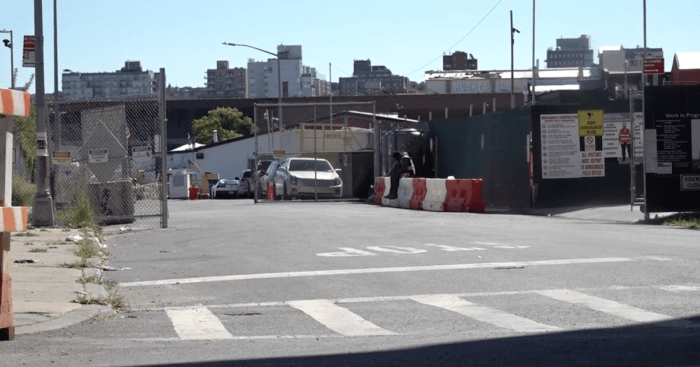
The Gowanus Canal vapor testing program has the potential to significantly impact the economic landscape of the area, influencing property values, development, and overall revitalization efforts. By identifying and addressing potential health risks associated with contaminated soil vapor, the program can create a more attractive environment for investment and development, ultimately contributing to the economic growth of the Gowanus Canal area.
Property Values and Development
The vapor testing program’s impact on property values is a complex issue with both potential benefits and drawbacks. On the one hand, the program can increase property values by mitigating health risks associated with contaminated soil vapor. This can attract more investors and developers who are willing to invest in the area, leading to increased development activity.
On the other hand, properties identified with high levels of soil vapor may experience a temporary decrease in value due to the perceived risk. However, this decrease is expected to be short-lived as remediation efforts are undertaken to address the contamination.
The program’s overall impact on property values will depend on the effectiveness of the testing and remediation efforts, the perception of risk among potential buyers and investors, and the overall market conditions in the Gowanus Canal area.
Environmental Remediation and Revitalization
The vapor testing program plays a crucial role in promoting environmental remediation and revitalization efforts in the Gowanus Canal area. By identifying contaminated sites and encouraging property owners to address the issue, the program helps to create a healthier and more sustainable environment for residents and businesses.
This, in turn, can attract new businesses, create jobs, and contribute to the overall economic growth of the area.
The program can serve as a catalyst for broader environmental remediation efforts, ultimately leading to the revitalization of the Gowanus Canal area and its transformation into a vibrant and thriving community.
Investment and Economic Growth
The vapor testing program can attract investment and promote economic growth in the Gowanus Canal area by:
- Reducing environmental risks:By addressing soil vapor contamination, the program reduces environmental risks, making the area more attractive to investors and developers.
- Improving public health:The program promotes public health by mitigating the risks associated with soil vapor exposure, which can lead to increased confidence in the area and encourage investment.
- Creating a more desirable location:By addressing environmental concerns and improving public health, the program can make the Gowanus Canal area a more desirable location for businesses and residents, leading to increased investment and development.
The program’s success in attracting investment and promoting economic growth will depend on its effectiveness in addressing soil vapor contamination, the availability of funding for remediation efforts, and the overall economic climate in the region.
It’s frustrating to see the state’s efforts to test for cancerous vapor in polluted Gowanus hampered by property owners’ reluctance. It’s like the whole situation reminds me of the iraq and weapons of mass destruction controversy – a lot of talk, but not enough action.
The residents of Gowanus deserve to know the extent of the contamination, and hopefully, the state can find a way to move forward without relying solely on the cooperation of property owners.
It’s a tricky situation, isn’t it? The state wants to test for cancerous vapor in polluted Gowanus, but they need building owners’ permission to do so. It’s like that whole situation in the iconic seaside town with no go zones and locals scared to go out at night , where the authorities need cooperation from the community to address the issues.
In Gowanus, it’s about public health and safety, and it’s frustrating that access to buildings is being restricted. It’s like they’re trying to solve a puzzle with missing pieces.
It’s frustrating to hear that the state can only test for cancerous vapor in polluted Gowanus buildings with the owner’s permission. It’s like asking if people want to know if their food is safe. You might be surprised to learn that there’s a lot of debate about the safety of genetically modified foods, is ge food safe.
Just like with the Gowanus situation, it seems some people are reluctant to face the truth. Hopefully, the state can find a way to get the information they need to protect the community, even if it means going against some property owners’ wishes.

